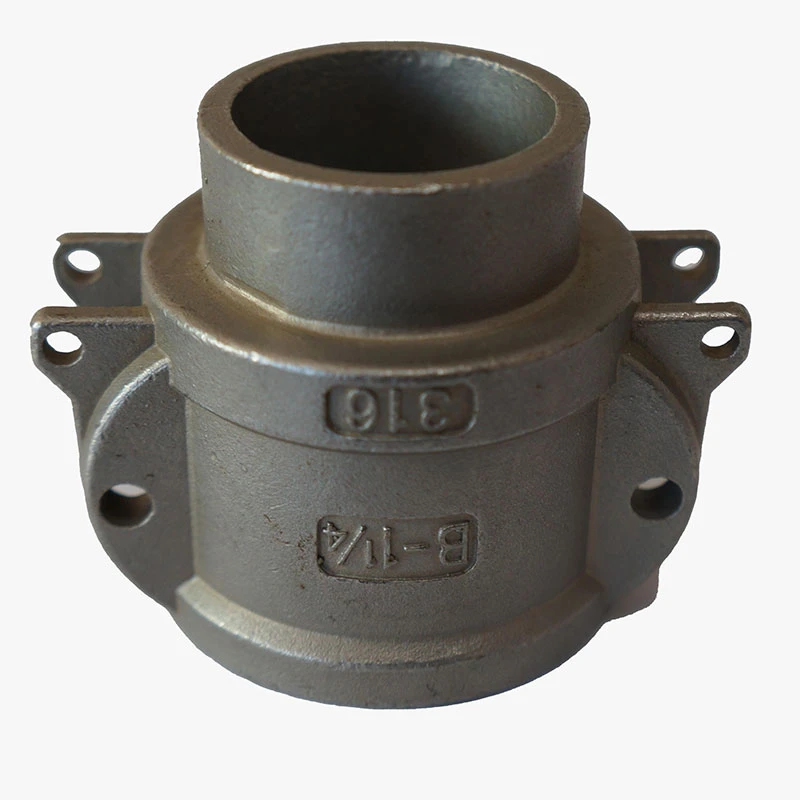Exploring the Art and Science of Sand Casting in Metalworking
Sand Casting Metal A Comprehensive Guide to the Process and Applications
Sand casting, also known as sand mold casting, is one of the oldest and most versatile manufacturing processes used to create metal parts and components. This method involves creating a mold from sand to shape molten metal, which is then poured into the mold and allowed to cool and solidify. The simplicity and cost-effectiveness of sand casting make it a popular choice in various industries. This article delves into the sand casting process, its advantages, applications, and the types of materials used in this technique.
The Sand Casting Process
The sand casting process typically involves several key steps
1. Pattern Making The first step in sand casting is creating a pattern, which is a replica of the final product. Patterns are usually made from materials such as wood, metal, or plastics. The pattern must be slightly larger than the final product to account for shrinkage during the cooling process.
2. Molding Once the pattern is created, it is used to make a mold. The most common type of sand used in sand casting is silica sand, which is mixed with a binding agent, often clay, and water. The mixture is packed around the pattern to form two halves of the mold, called cope and drag. After the pattern is removed, a cavity remains in the shape of the desired component.
3. Core Making (if necessary) For parts that require hollow sections, cores made of sand are fashioned to fit into the mold. These cores create the internal shapes of the cast parts.
4. Melting and Pouring The metal to be cast is melted in a furnace, reaching temperatures appropriate for the specific metal being used (for example, aluminum, iron, or bronze). Once the metal is in a molten state, it is poured into the prepared mold cavity.
5. Cooling After the molten metal is poured into the mold, it is allowed to cool and solidify. Cooling times will vary depending on the type of metal and the thickness of the part being cast.
6. Shakeout Once the metal has cooled, the mold is broken apart, and the casting is removed. This process is called shakeout. The sand can often be reused by reconditioning it.
7. Finishing The final step involves cleaning and finishing the casting. This may include removing excess material, surface finishing, and any necessary machining to ensure that the casting meets precise specifications.
Advantages of Sand Casting
sand casting metal

Sand casting offers several advantages that make it a preferred method for many manufacturers
- Cost-Effective The materials used in sand casting are relatively inexpensive, and the process itself can be executed without the need for costly equipment. - Versatility Sand casting can produce a wide range of shapes and sizes, from small intricate parts to large heavy components.
- Material Flexibility This method can accommodate various metals, including aluminum, iron, and bronze, making it suitable for numerous applications.
- Simplicity The sand casting process is straightforward, making it easy to adapt and implement in various manufacturing settings.
Applications of Sand Casting
Sand casting is utilized across a multitude of industries due to its versatility. Some common applications include
- Automobile Parts Components such as engine blocks, cylinder heads, and transmission cases are often produced through sand casting.
- Aerospace Parts that require high-strength and lightweight properties are frequently sand cast, including structural components and housings.
- Marine Industry The durable nature of sand-cast parts makes them ideal for marine applications, such as boat fittings and engine components.
- Art and Sculpture Artists and sculptors frequently use sand casting to create unique metal sculptures and decorative items.
Conclusion
Sand casting is a timeless and effective metal casting technique that remains relevant in today’s manufacturing landscape. Its ability to produce complex shapes and accommodate a wide variety of metals makes it an invaluable process in numerous industries. As technology continues to advance, innovations in sand casting techniques and materials are likely to expand its capabilities even further, ensuring that this method will remain a critical part of metal fabrication for years to come.
-
Pros & Cons of Sand Casting: Products & ApplicationsNewsAug.19,2025
-
Advanced Crawler Drilling Rig for Confined Spaces-Baoding Hairun Machinery And Equipment Trading Co., Ltd.NewsAug.18,2025
-
Crawler Drilling Rig- Baoding Hairun Machinery And Equipment Trading Co., Ltd.|Pneumatic Power,Frame-Supported DesignNewsAug.18,2025
-
Precision OEM Valve Body Castings for Superior PerformanceNewsAug.18,2025
-
Crawler Mounted Drill Rig - Baoding Hairun Machinery | Underground Drilling SolutionsNewsAug.18,2025
-
Crawler Mounted Drill Rig - Baoding Hairun | Pneumatic Safety, Mining EfficiencyNewsAug.17,2025















